Pre-season testing is almost upon us, the yearly ritual that sees the teams and drivers run their cars in anger for the first time over the course of a few days before the season gets underway.
It's an event that has seen all sorts of intriguing moments over the years, as well as some downright unusual ones, ranging from unexpected weather conditions through to cars sporting stickers as trickery – and even a driver or two in disguise.
Ahead of the action unfolding in Bahrain this week, we’ve rounded up 10 of the weirdest things that have happened during F1 pre-season testing…
Weather plays havoc
Pre-season testing has been held in various locations over the years – but whether it has been in Barcelona or Bahrain, the weather has sometimes thrown a spanner in the works for the teams’ schedules.
Given that testing takes place in the European winter, temperatures can often be on the cold side. This proved to be the case and then some at the Circuit de Barcelona-Catalunya in 2018, when the initially icy conditions on the opening days of action had turned to heavy snow by Day 3, leading to only five drivers briefly venturing onto the slippery circuit.
Even travelling to what may appear to be the warmer climes of the Bahrain International Circuit can pose problems. A sandstorm hit pre-season testing at the venue in 2021, disrupting running during Day 1 as powerful winds whipped sand into the air and caused big issues with visibility.
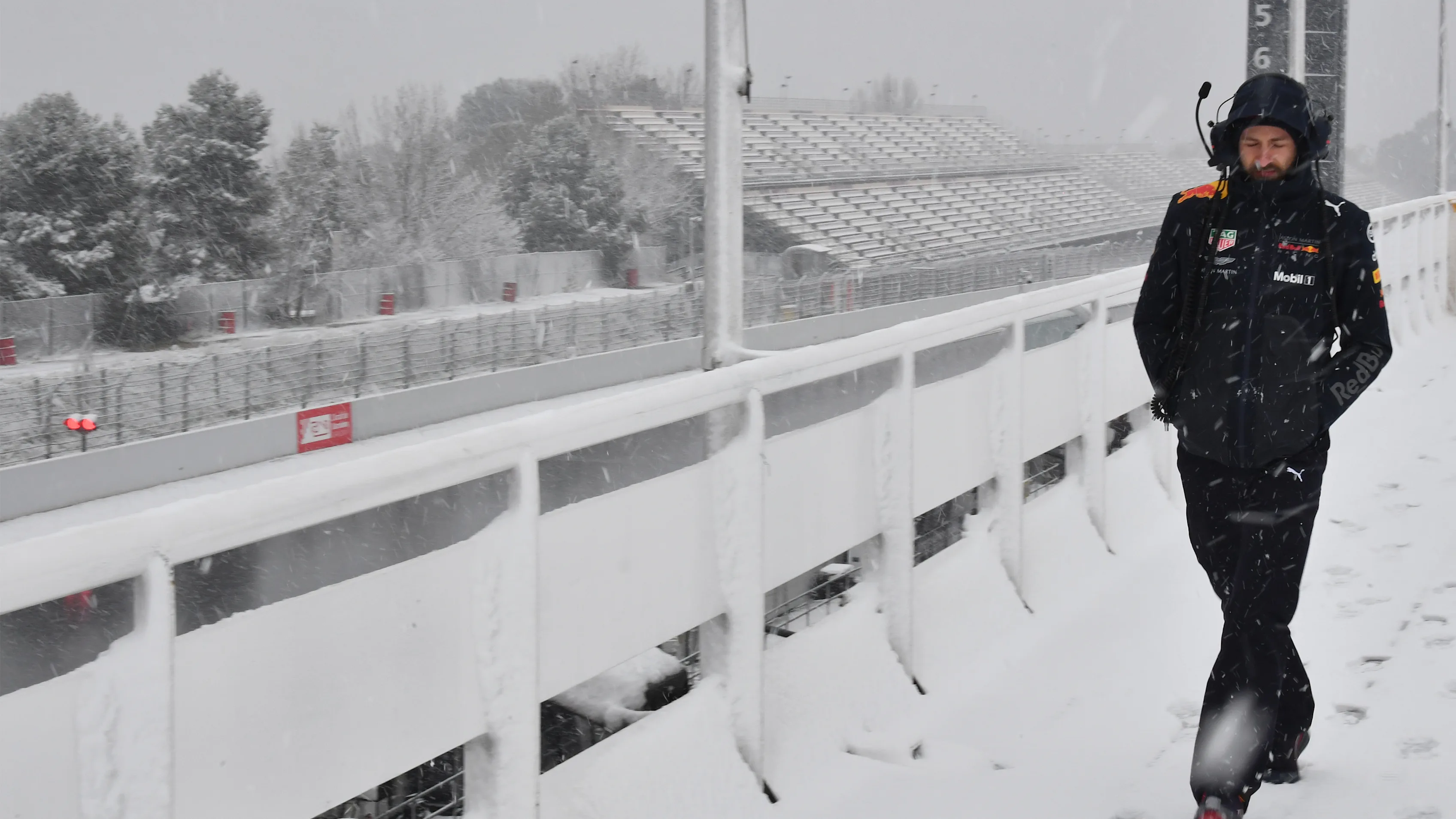
Williams make a late appearance
While a team’s schedule at testing may not necessarily go to plan – more on which later – it is unusual for a squad to not arrive at all. This was the case for Williams, though, back in 2019, when the Grove-based outfit missed not one but two days of action.
After finishing the 2018 season at the bottom of the standings, Williams’ struggles looked to be continuing when they were unable to get their car ready in time for 2019 pre-season testing in Barcelona, with the team’s late arrival seeing them participate in only one and a half days of the first four-day test.
Former Deputy Team Principal Claire Williams labelled the delay as “embarrassing”, while she also issued an apology to drivers Robert Kubica – returning to F1 several years after a rallying accident cut short his first stint in the sport – and George Russell.
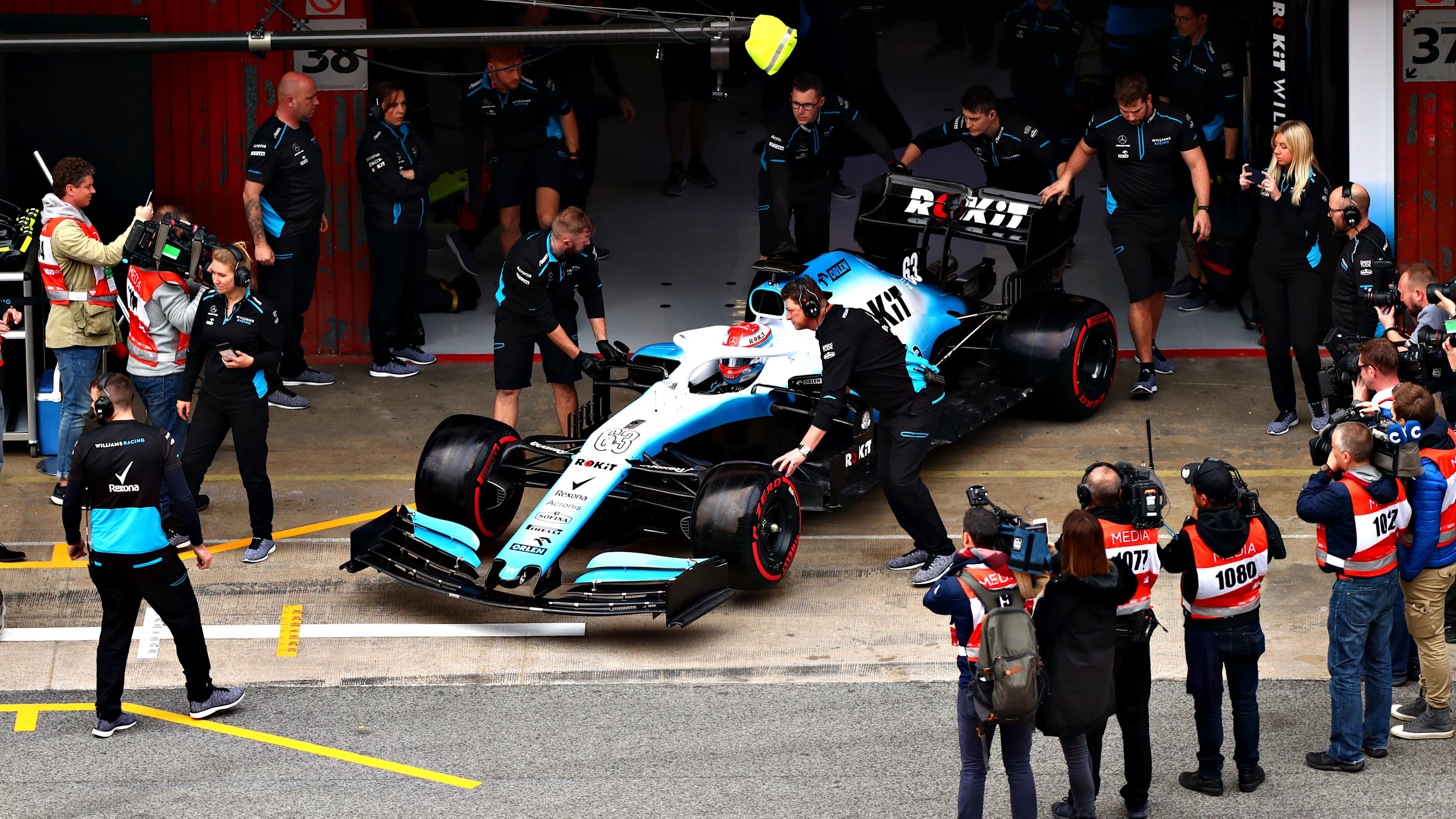
Lotus disappear from action
Arriving late was not the issue for Lotus during 2012 pre-season testing; indeed, the team’s driver Romain Grosjean was second-fastest at Jerez during the first of three scheduled test sessions.
But when the second session took place in Barcelona, the squad discovered an issue with their second E20 chassis on the very first morning of the four-day test. While they initially planned to fly their first chassis out to the circuit, plans changed after the team ran simulations to examine the problem back at their base in Enstone.
LIGHTS TO FLAG: Romain Grosjean on Renault, Haas, that crash – and swapping F1 for racing in America
With this identifying an area to be fixed, Lotus opted to abandon running for the remainder of the test and instead focus their efforts on modifying both chassis ready to participate in the final test. Fortunately this plan worked, with the team able to return to action for the last session in Barcelona – ahead of a successful season that even saw Kimi Raikkonen win the Abu Dhabi Grand Prix.
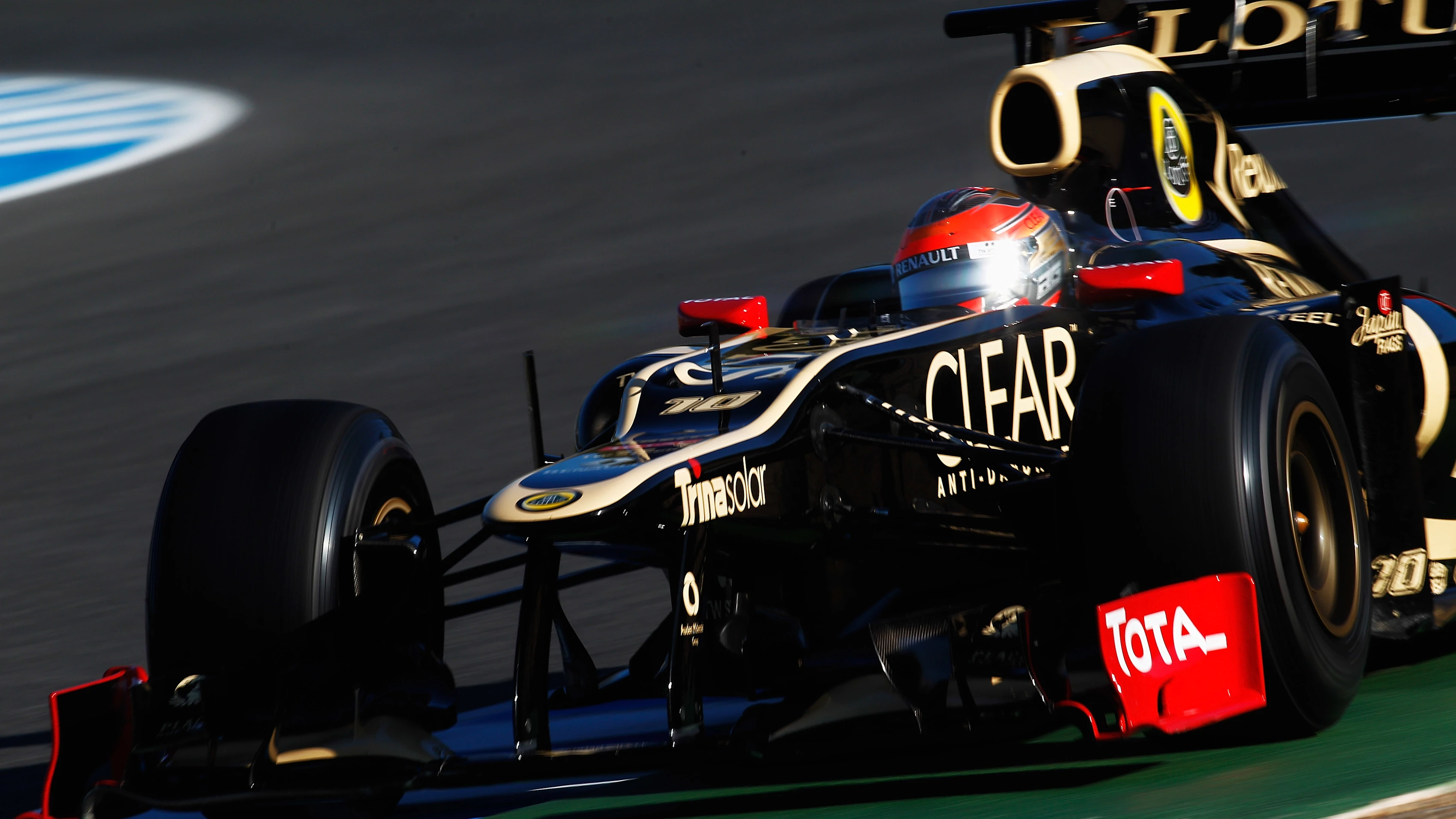
Red Bull’s sticker trickery
It is not unheard of for a team to try to disguise their true form during pre-season testing – but Red Bull took the art of deception to another level in 2010, the year that would see the RB6 car help the squad to clinch both the Drivers’ and Teams’ Championships for the first time.
A key feature of their challenger was the ‘blown diffuser’ system – and in an attempt to hide this change to the exhaust, the Milton Keynes-based outfit put stickers on the car appearing to show the conventionally-placed exhaust rather than the real system placed lower down on the vehicle.
This has not been Red Bull’s only use of masking over the years. The team also famously showed up to pre-season testing in 2015 with a black-and-white camouflage livery, making it more difficult to photograph the car and thus cleverly hiding any special details from the eyes of their rivals.
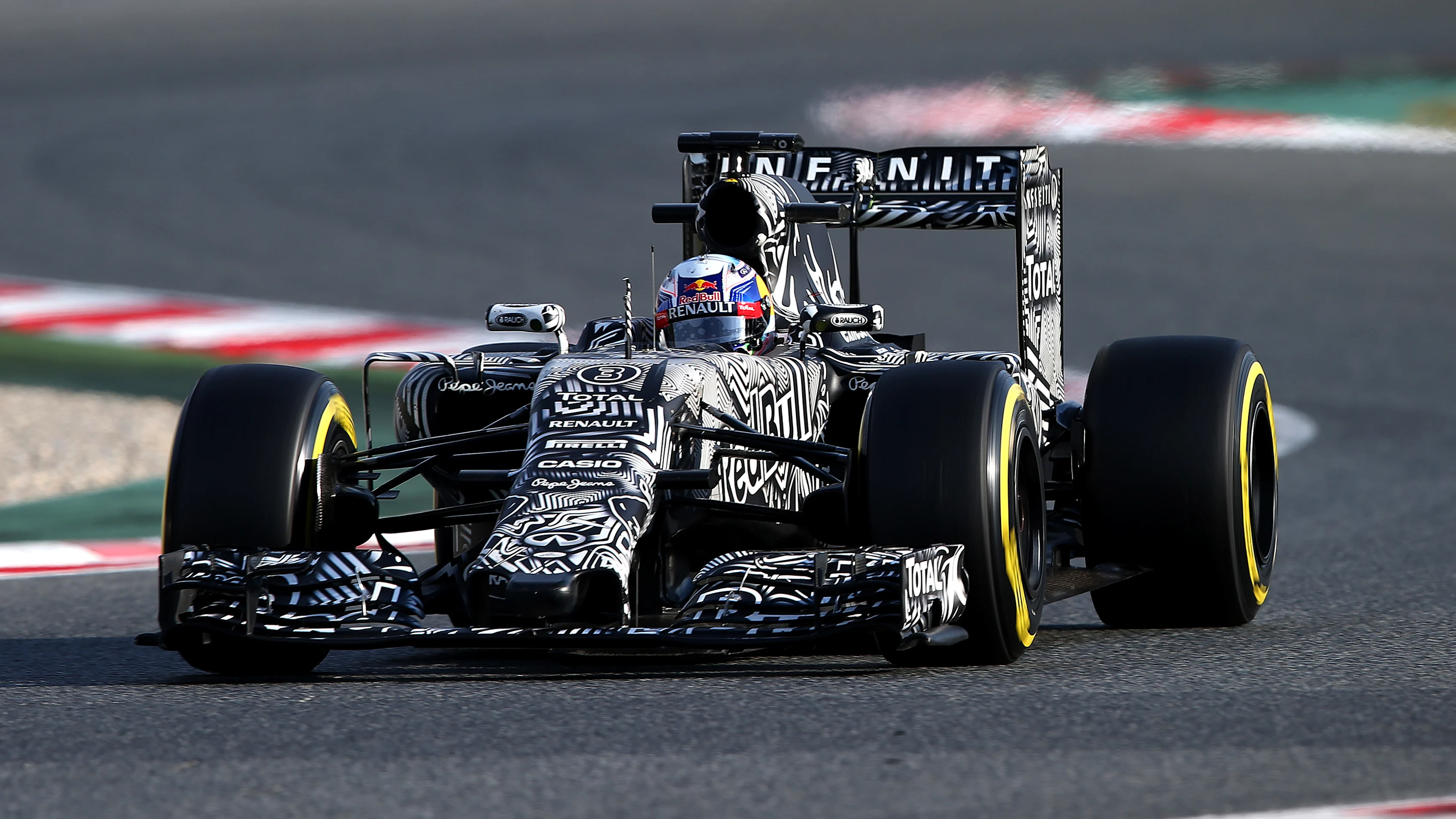
Drivers in disguise
Speaking of masquerading, it isn’t just the cars that have tried this out at testing. To any onlookers at Ligier’s pre-season testing at Paul Ricard prior to the 1992 campaign, it would appear that Erik Comas was at the wheel.
But this was not quite the case. Alain Prost had in fact borrowed Comas’ helmet and a set of white overalls to tentatively test out the car, allowing him to assess the prospects of making a comeback following his acrimonious departure from Ferrari in 1991. It was a deal that ultimately did not come to pass.
WATCH: How Prost returned from the sidelines to make a title-winning comeback
Another example of a driver’s true identity being concealed occurred ahead of the 2001 season. Sauber were keen to prevent their rivals from hearing about their exciting new prospect, a rookie by the name of Kimi Raikkonen, and as such opted to use the codename of ‘Eskimo’ to refer to the Finn during the planning of his first test.
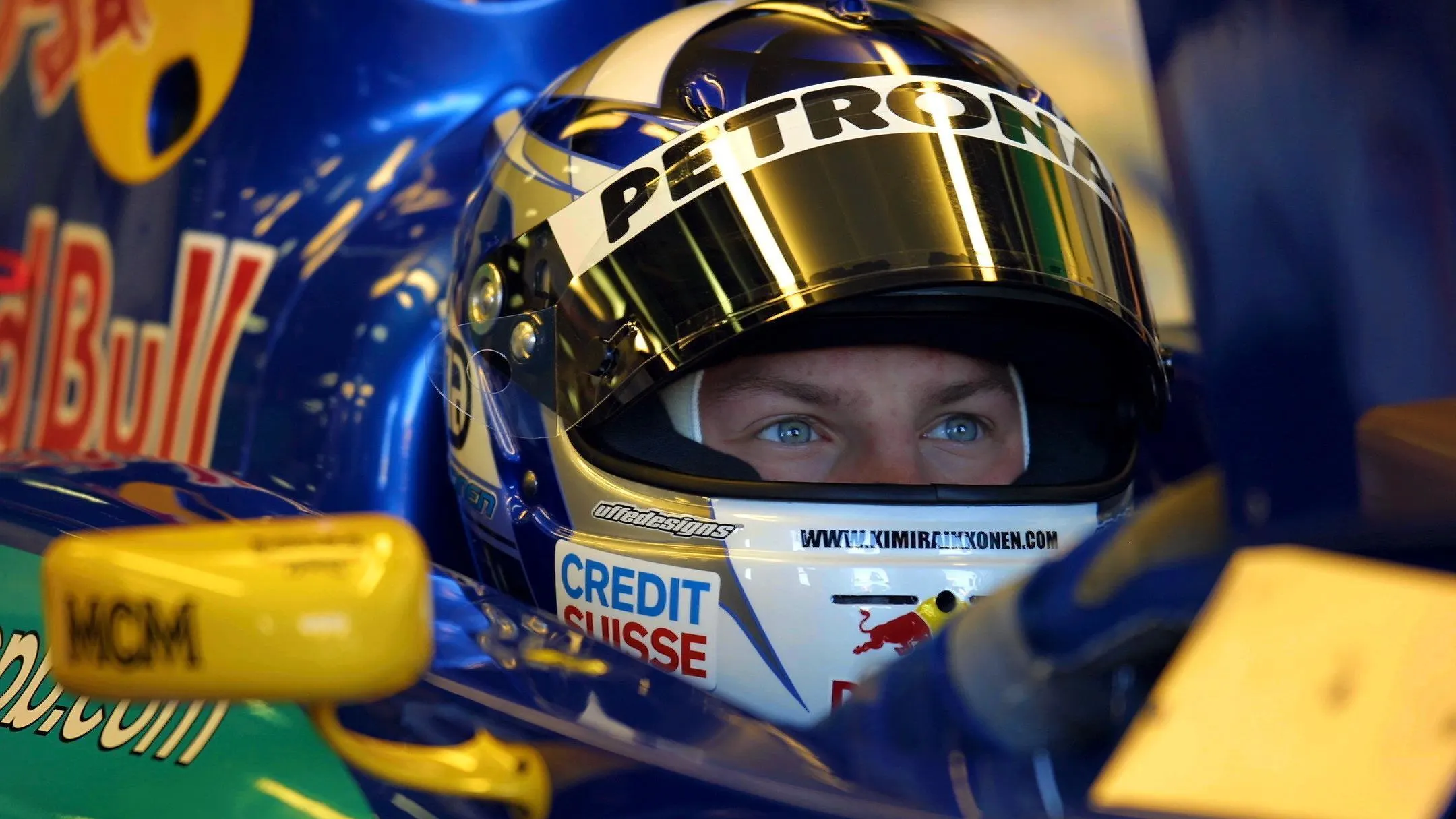
McLaren-Honda’s nightmare start
Much was made of the reunion between McLaren and Honda ahead of 2015, with the two parties having previously achieved great success together during the late 1980s and early 1990s. However, this illustrious past appeared very far away when pre-season testing began for the new era.
McLaren’s MP4-30 struggled with reliability issues from the off, with the engine experiencing a series of faults that left the team with the least amount of mileage at the end of the first test. Those problems continued into the second test, while matters worsened when Fernando Alonso suffered a heavy crash on the final day of action.
This ruled the Spaniard out of the last remaining test session as well as forcing him to miss the opening race of the season. And while pre-season testing does not always tell the full story, unfortunately for McLaren their form did not improve much from there during the campaign, which would prove to statistically be one of the team’s worst in their history.
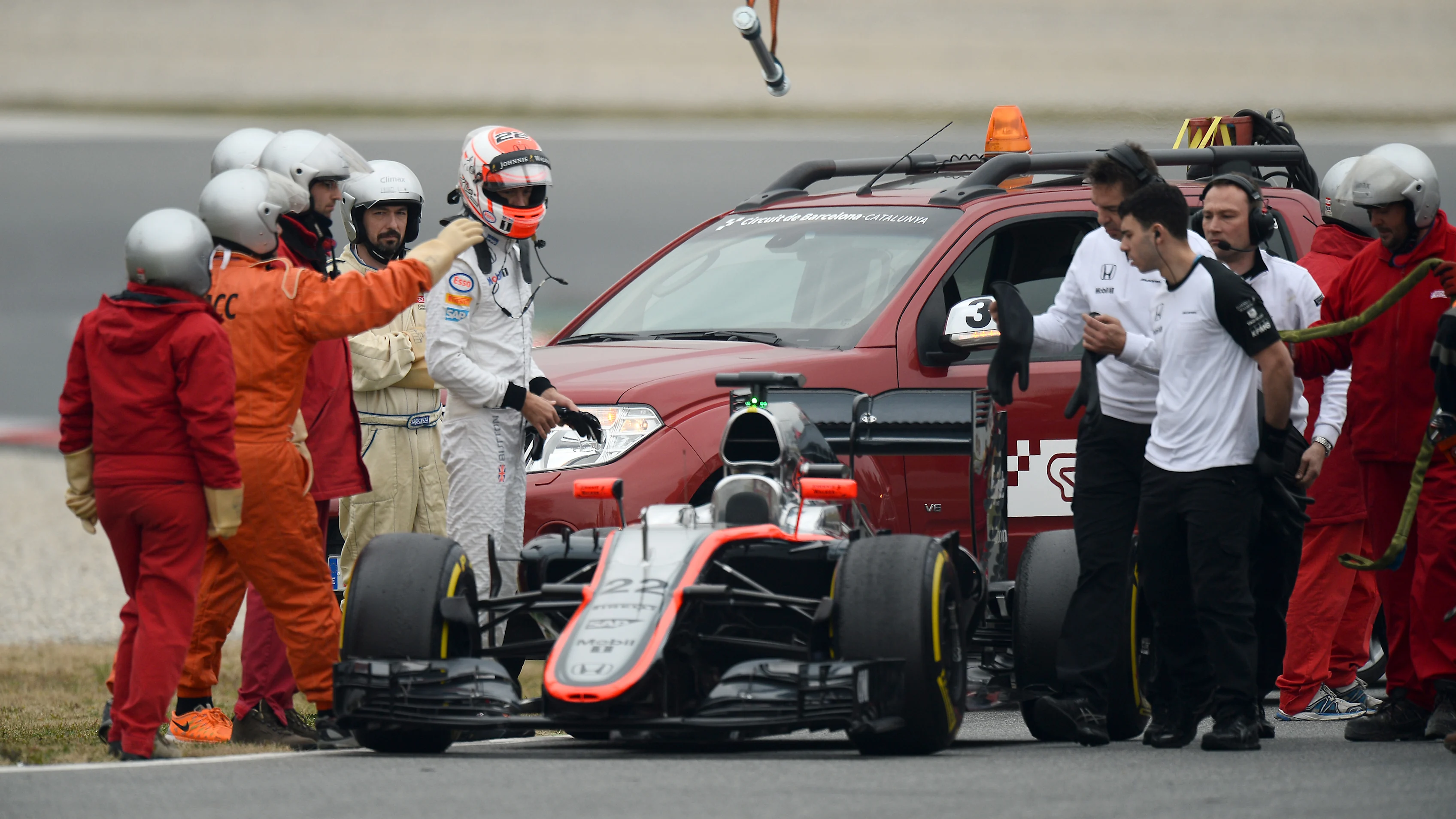
Slow start for the turbo-hybrid era
There is always plenty of intrigue and excitement when a regulation change comes into effect, as was the case when the turbo-hybrid era began in 2014. But when pre-season testing got underway in Jerez, it was clear that it would take some time for any kind of pecking order to become apparent.
The first day of action witnessed very little mileage, with the entire field seemingly experiencing hiccups as they tried to get to grips with the new technology. Mercedes recorded the most laps with their tally of 18, which accounted for nearly half of the total number recorded by the whole pack (35).
While the Silver Arrows soon appeared the favourites as the subsequent test sessions played out – particularly in terms of their reliability, with many others experiencing stoppages on track – Red Bull looked to be struggling in contrast, marking a surprise change to the status quo following their dominant form in 2013.
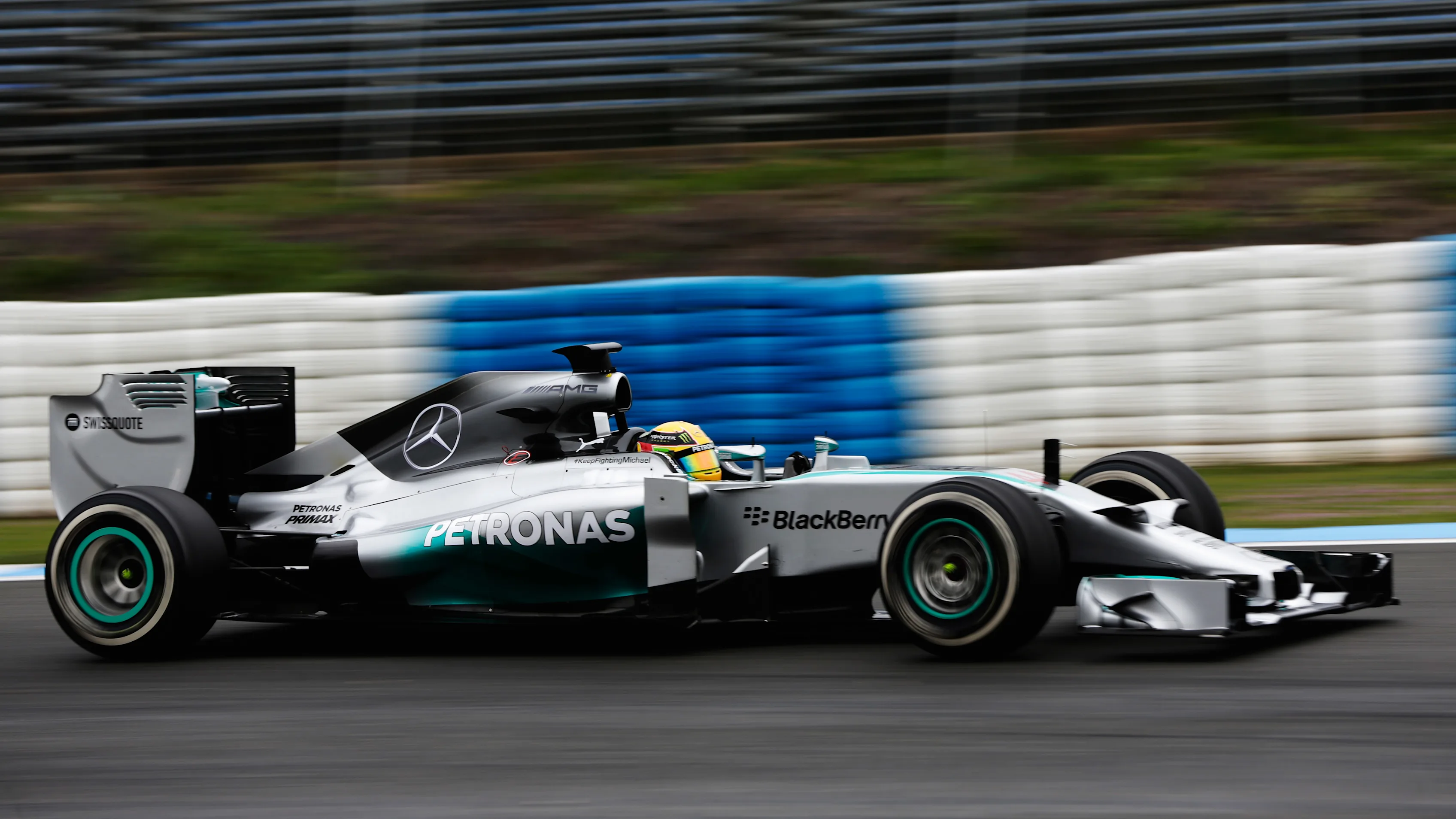
Marussia hit by computer virus
Technical gremlins are often part and parcel of pre-season testing as teams test out their new machinery and try to iron out any kinks prior to the first race. This may not always take the form of parts on the car, though, as Marussia learned in 2014.
As previously alluded to, testing ahead of the 2014 season saw several teams struggle to record much mileage during the initial stages, and Marussia were amongst those to leave the first test with a relatively low lap count.
Hopes of bolstering this during the second test hit a snag when the team’s systems were affected by a Trojan-type computer virus, preventing them from doing much further running with the car. While they did eventually get back on track, further issues resulted in the squad recording fewer laps than many of their rivals.
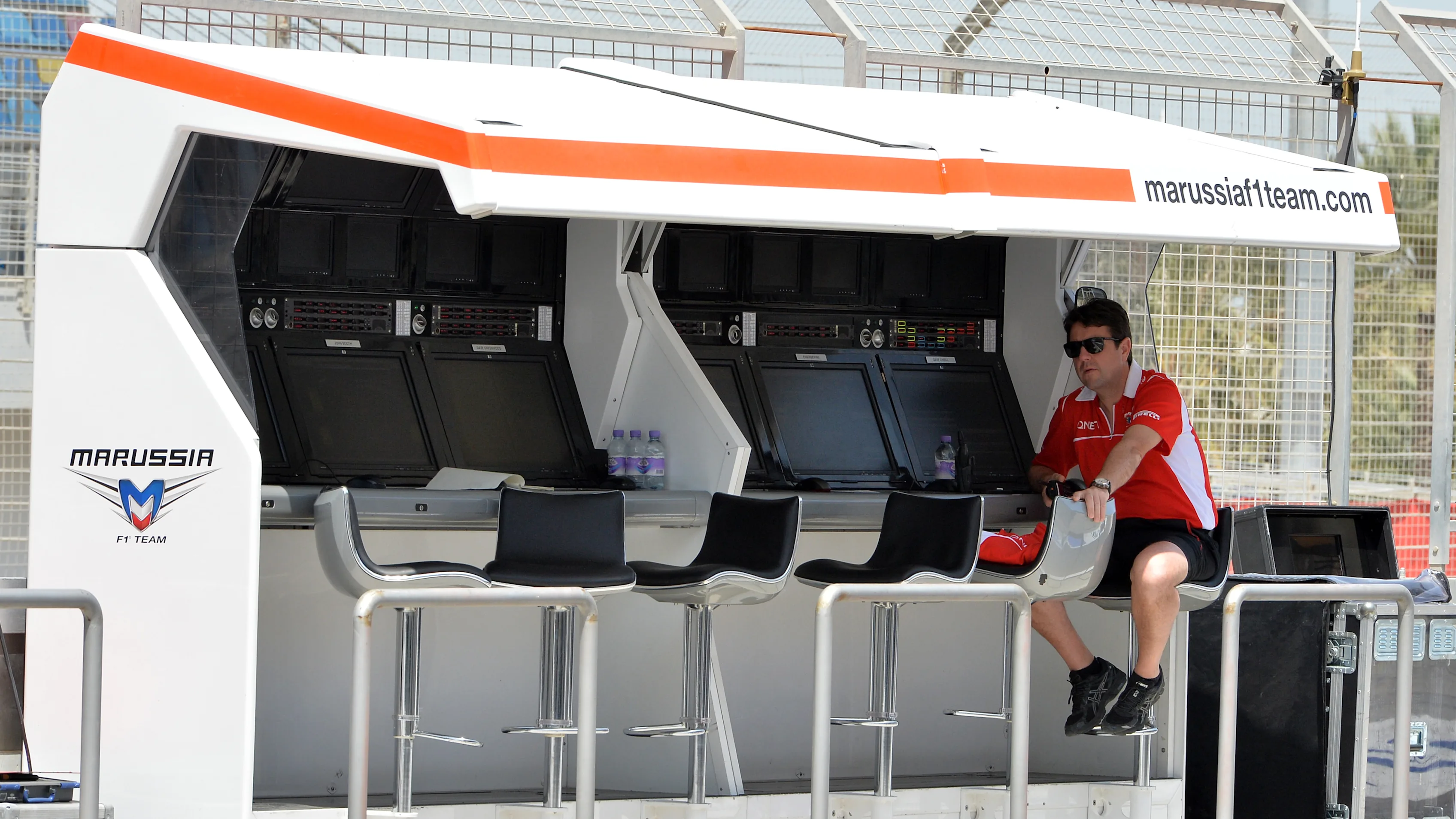
Prost cause a stir
The Prost team – founded by four-time World Champion Alain Prost in 1997 – had endured a challenging campaign in 2000, the team having ended the season at the bottom of the standings with zero points.
It was something of a shock, then, to see the squad’s APO4 car setting impressively fast times during 2001 pre-season testing, with Jean Alesi going one second quicker than his rivals during the session at Estoril.
READ MORE: The beginner's guide to F1 pre-season testing
This set tongues wagging over whether the team had managed to haul themselves up the pecking order – but the speculation was answered when Alesi qualified three seconds adrift of polesitter Michael Schumacher at the season-opening Australian Grand Prix, with Prost having apparently been doing some glory running during testing.
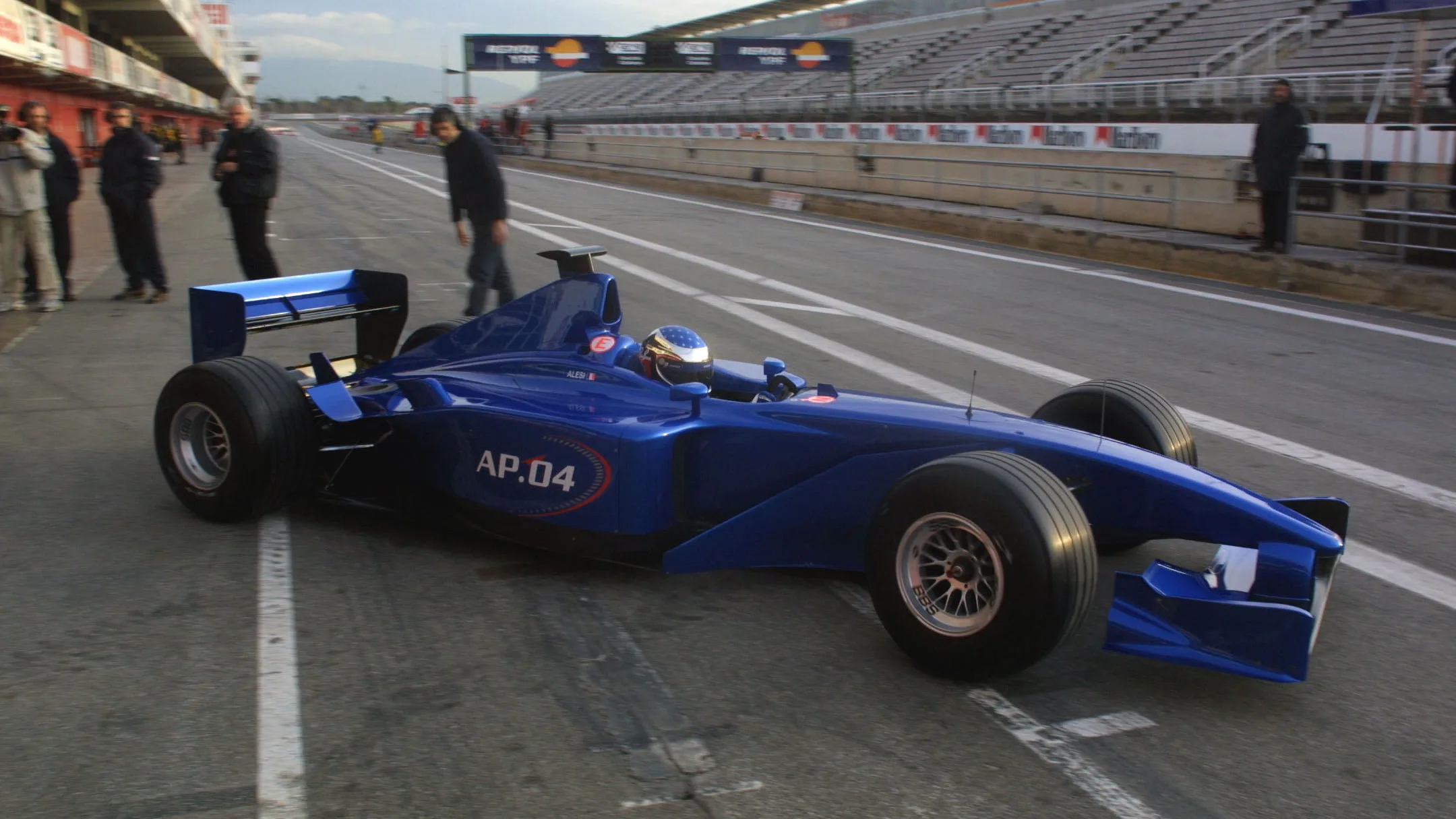
Brawn GP shock the field
As the tale of Prost in 2001 shows, a team’s performance in pre-season testing can often be unrepresentative of their true form – hence why many onlookers were perhaps sceptical of Brawn GP’s surprising pace ahead of the 2009 campaign.
In a story now famed in F1 folklore, Ross Brawn had bought the former Honda outfit for one pound after the manufacturer decided to withdraw from the sport at the end of 2008. The team subsequently scrambled to be ready in time for the first race of 2009, which included trying to source a power unit for the car amongst other challenges.
After such a frantic start, it is doubtful that anybody would have expected the squad to set the pace at pre-season testing. But that they did, with drivers Jenson Button and Rubens Barrichello both over a second quicker than the rest of the field during the first test in Barcelona. This was no glory run, either, as Button and the team famously went on to secure a fairytale Drivers’ and Teams’ Championship.
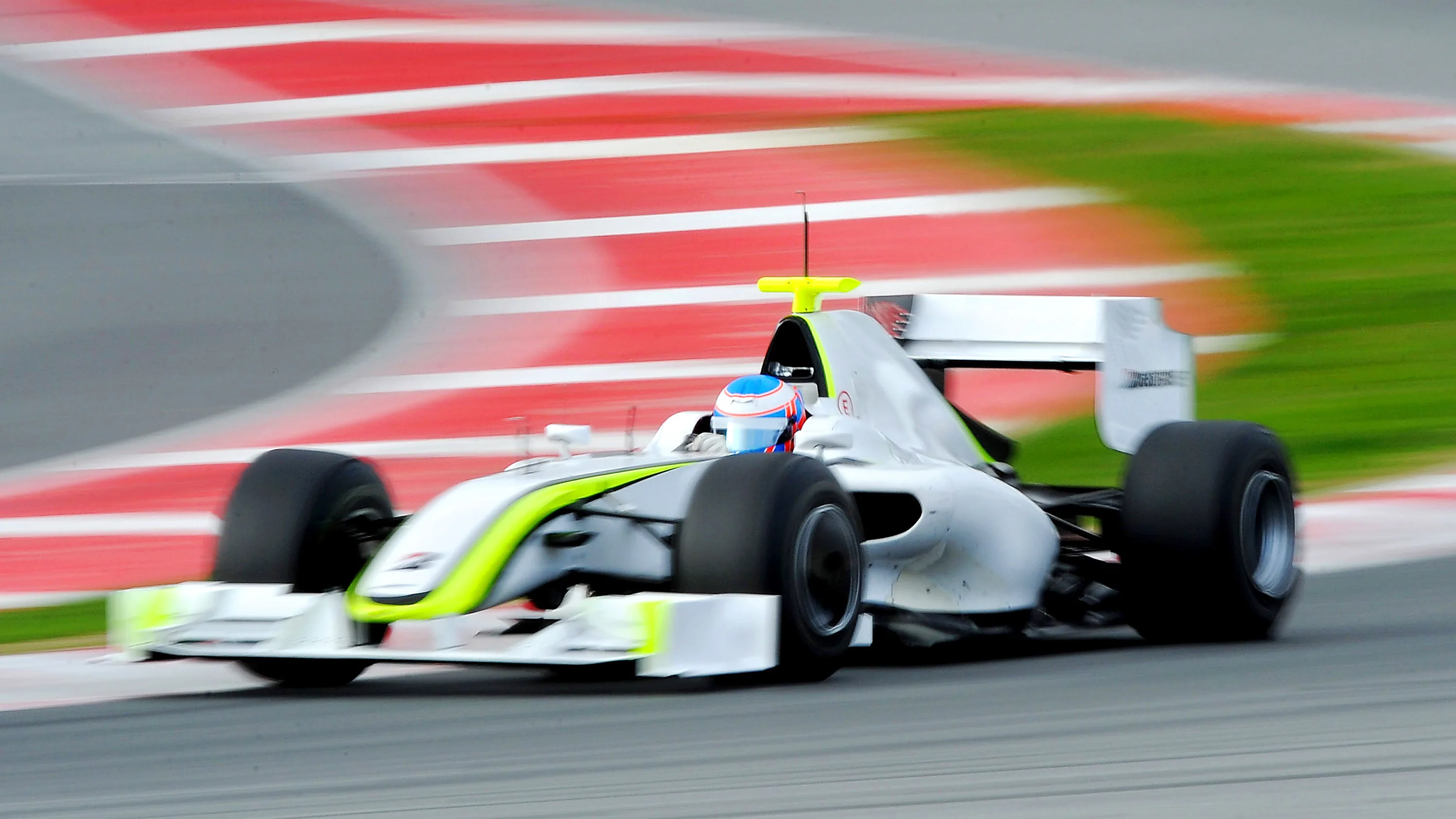
Next Up
Related Articles
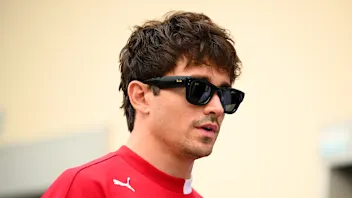 Leclerc calls Ferrari’s focus shift to 2026 a ‘no-brainer’
Leclerc calls Ferrari’s focus shift to 2026 a ‘no-brainer’ F1, the FIA and 11 teams sign 2026 Concorde Agreement
F1, the FIA and 11 teams sign 2026 Concorde Agreement 3 inspiring individuals share their paths to working in F1
3 inspiring individuals share their paths to working in F1 Honda reveal details around power unit launch
Honda reveal details around power unit launch An exclusive look into Pierre Gasly's off-track life
An exclusive look into Pierre Gasly's off-track life F1 AcademyHaas name Countryman as 2026 F1 ACADEMY driver
F1 AcademyHaas name Countryman as 2026 F1 ACADEMY driver

